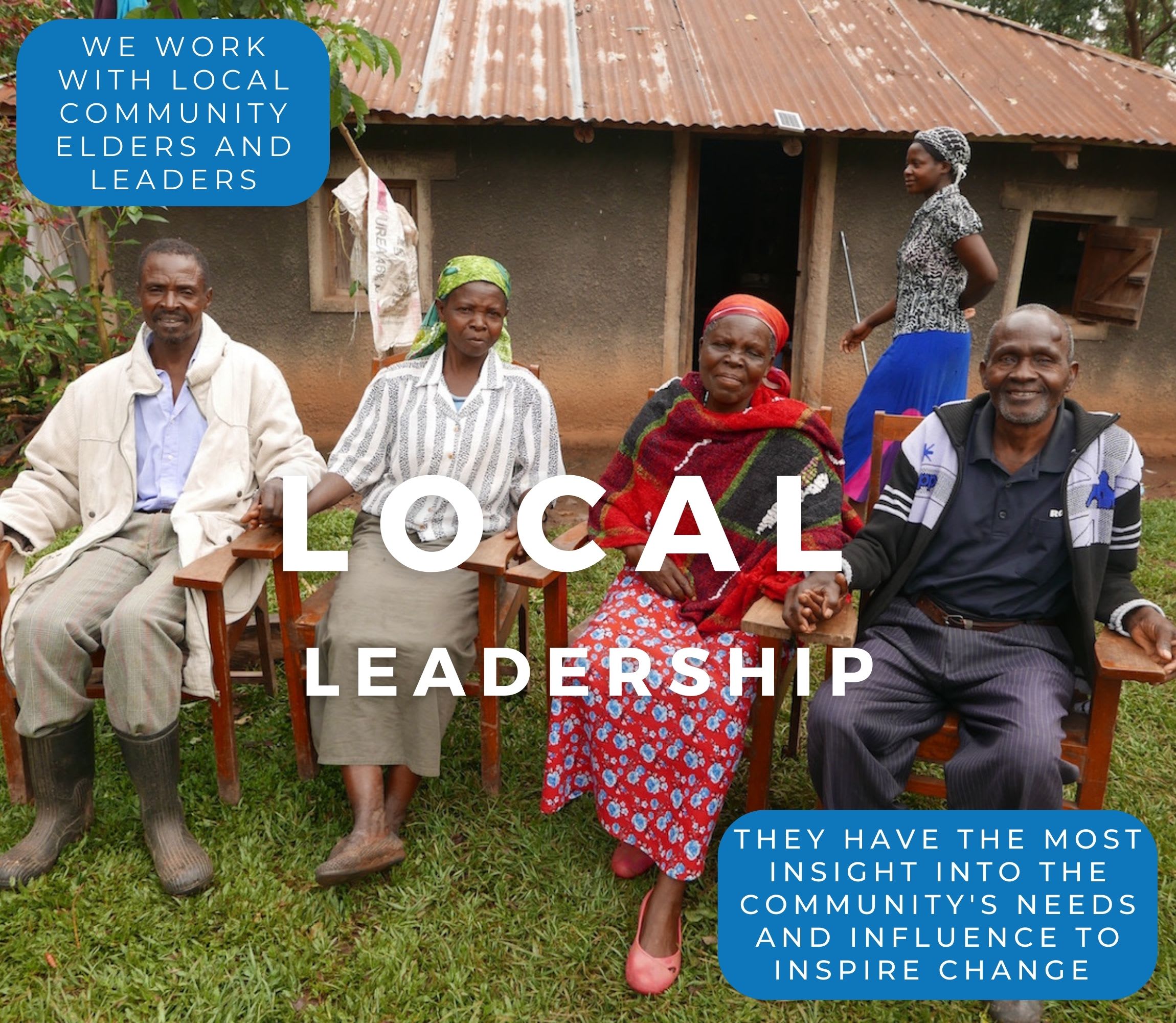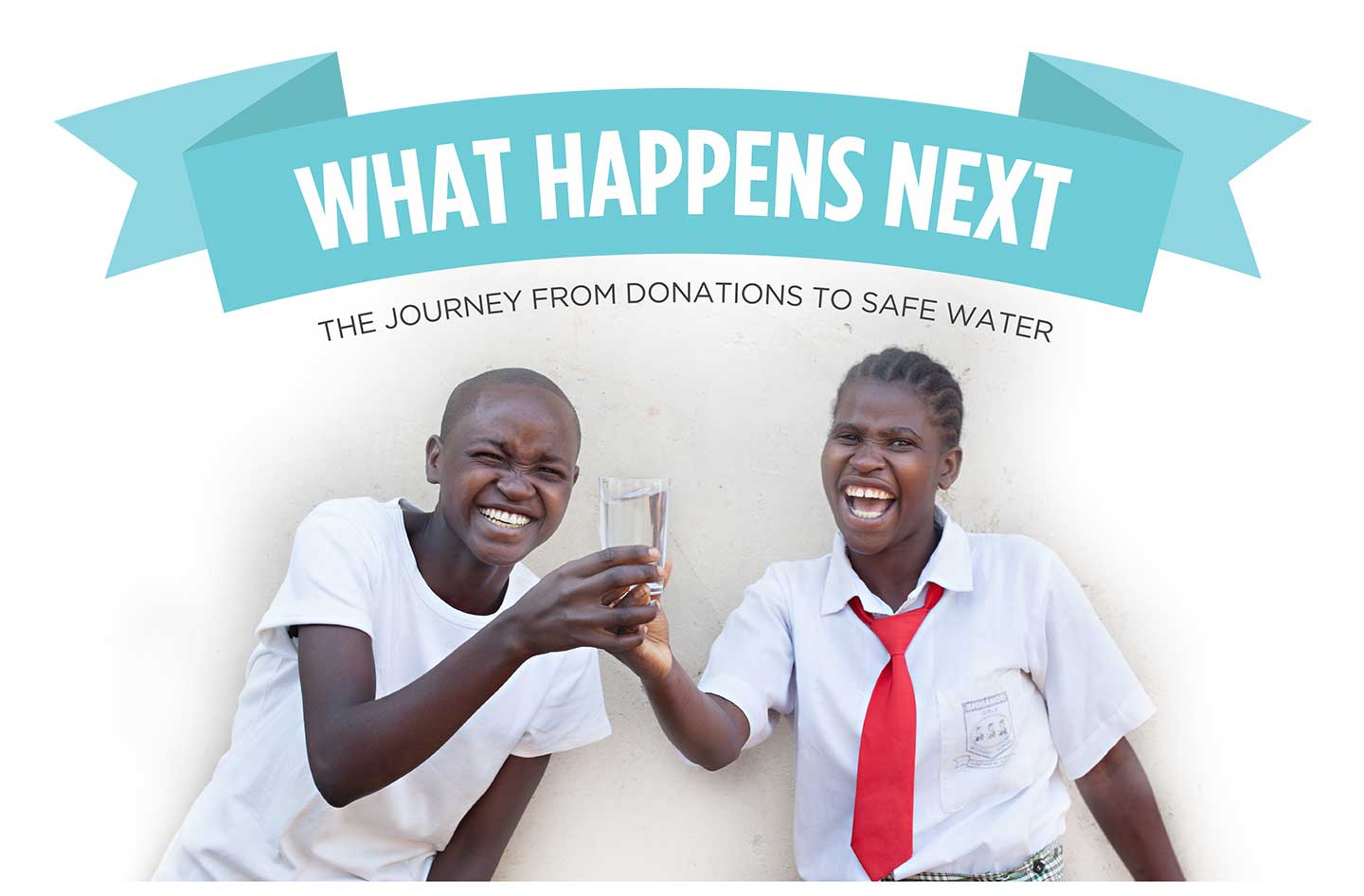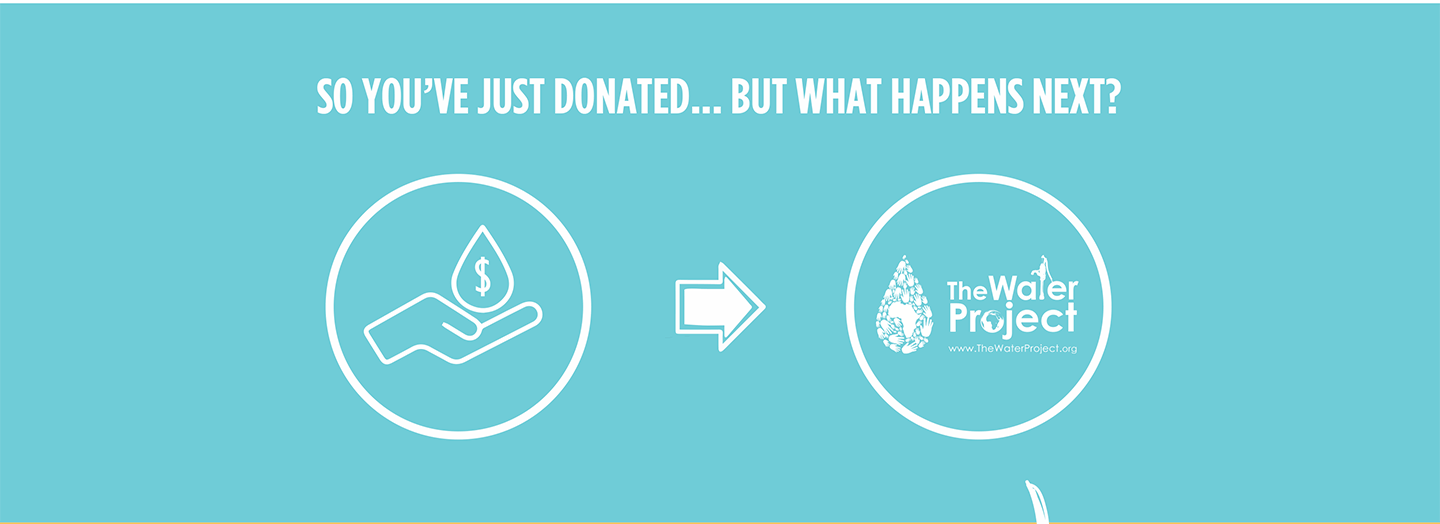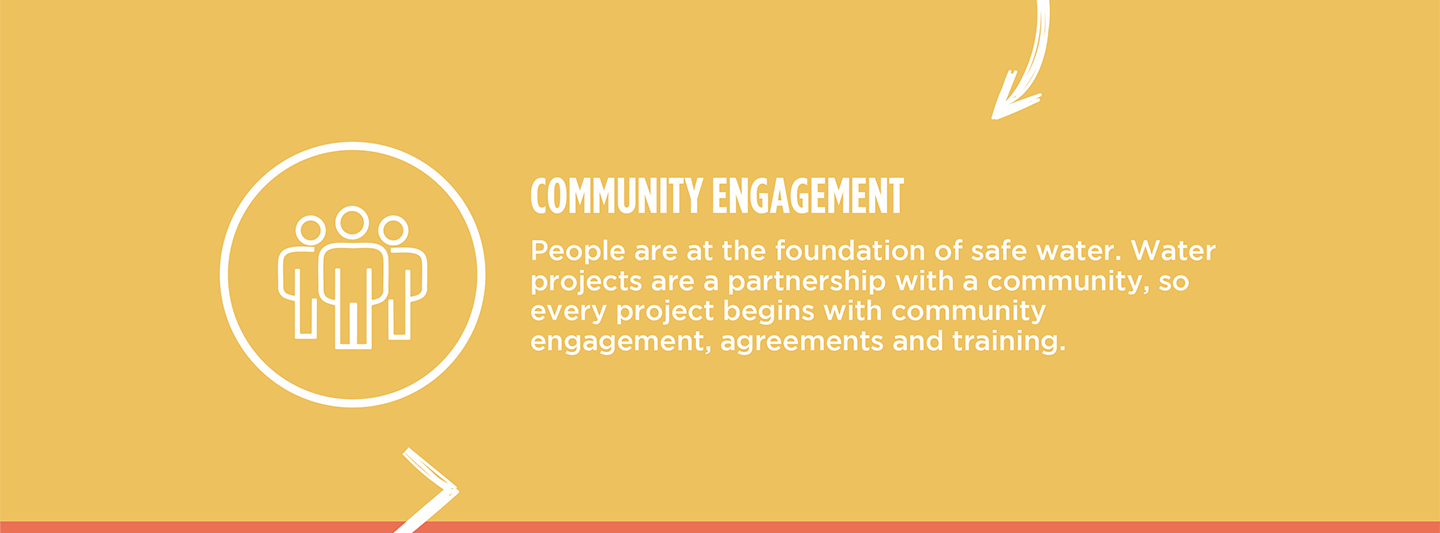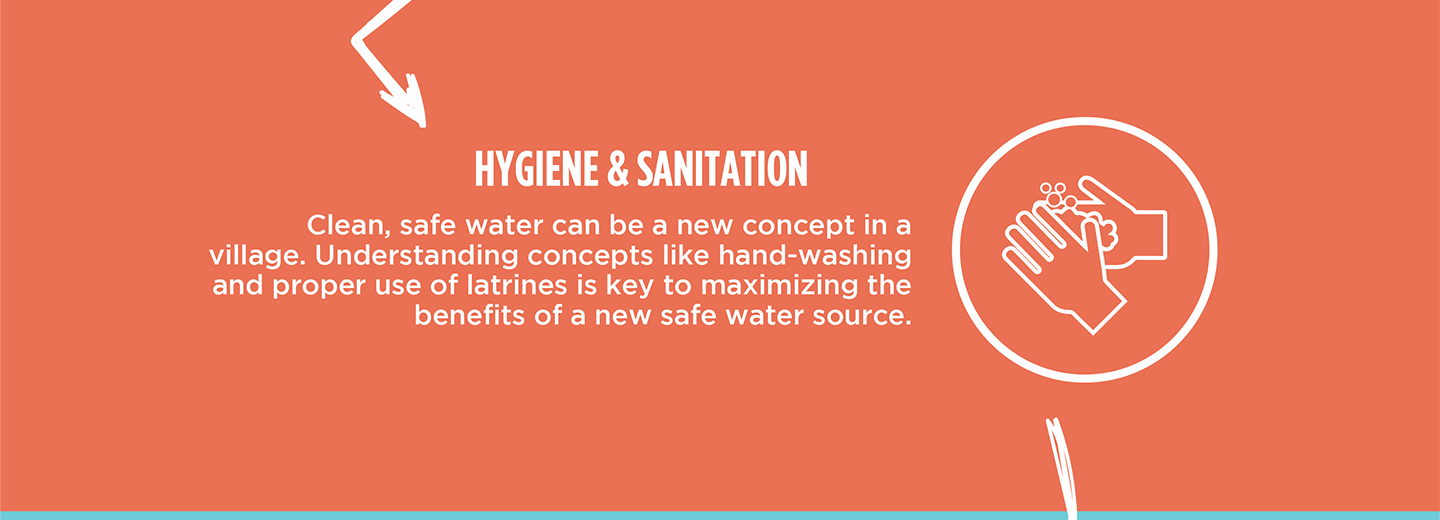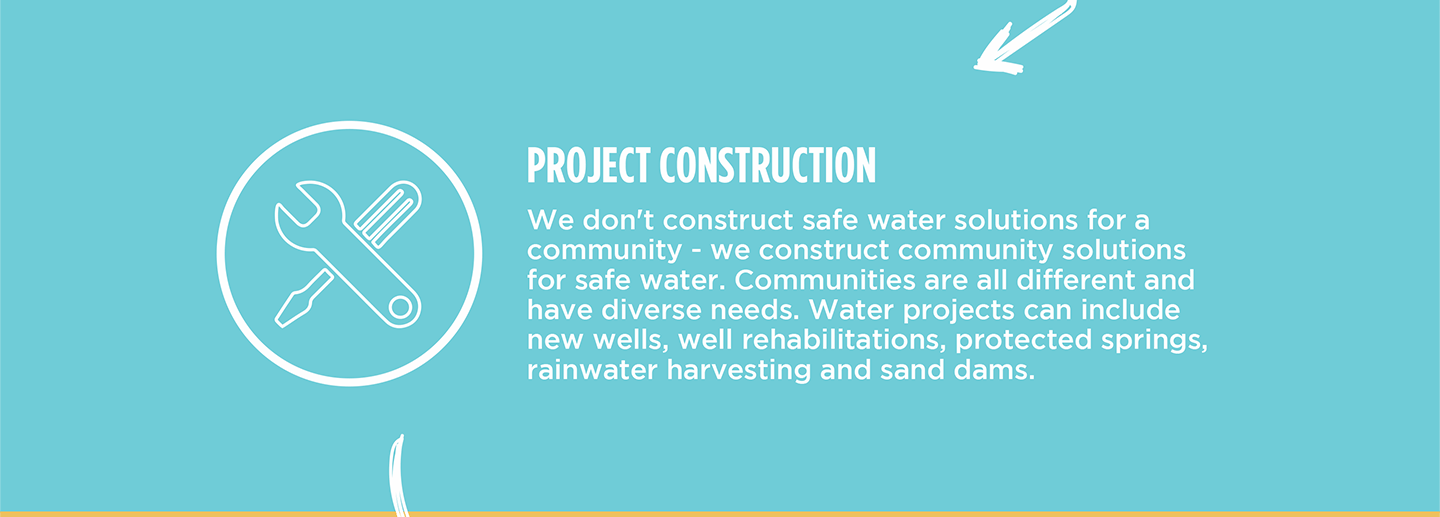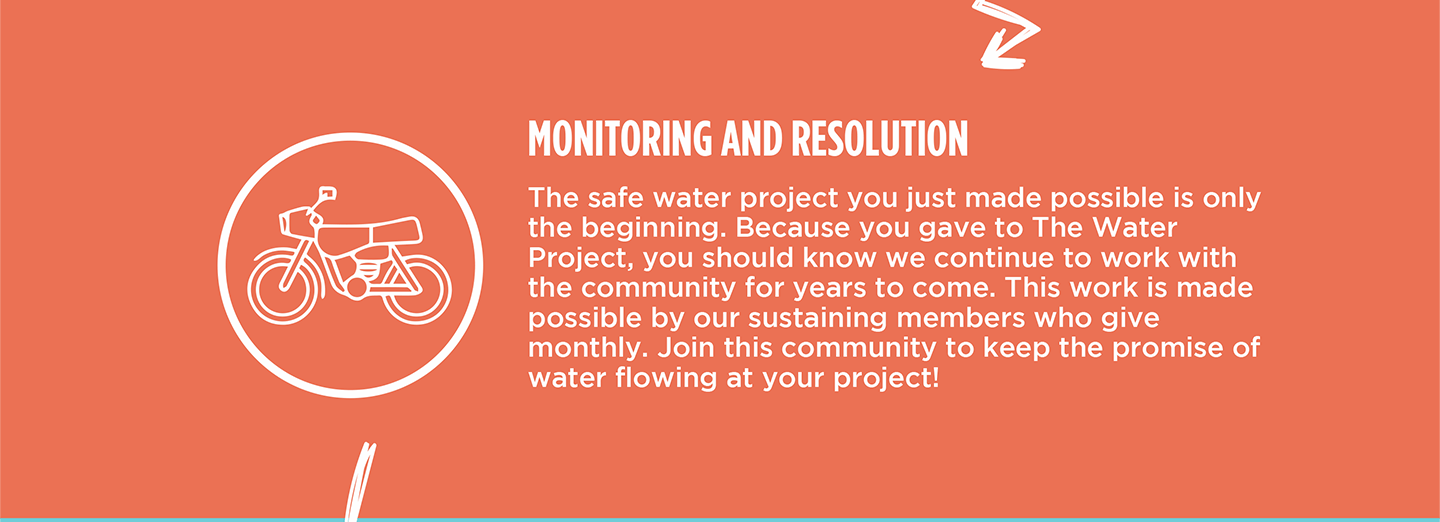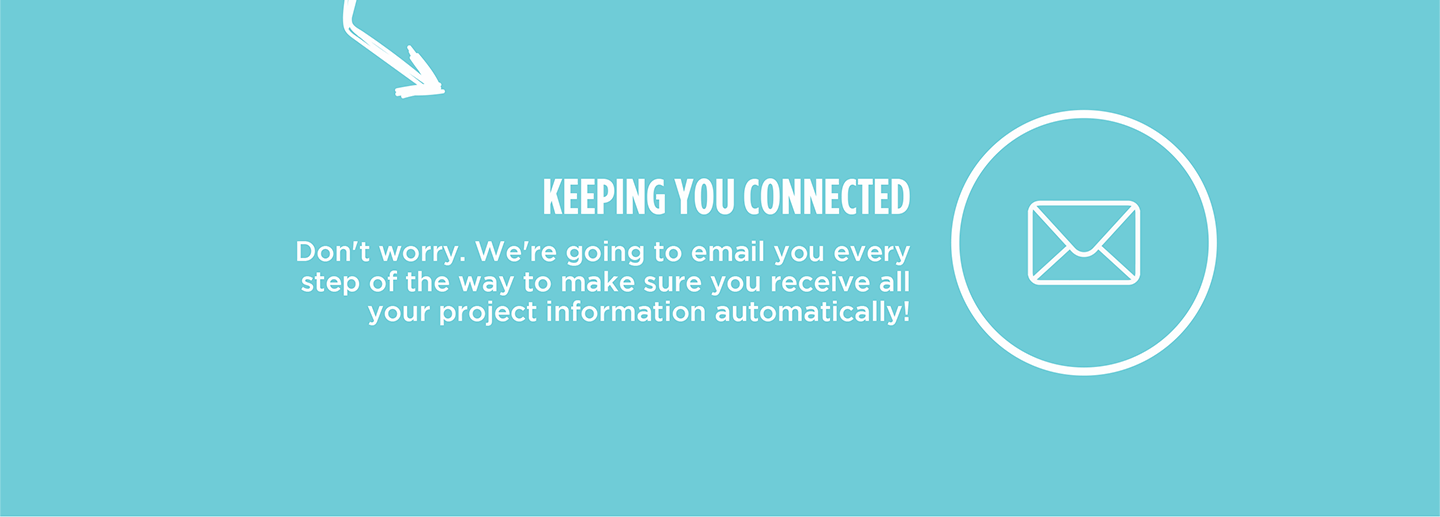The 600 people of Bikonzi Community struggle to access sufficient water. They rely on an extraordinarily overcrowded spring that is almost a mile away for most community members. The spring is in disrepair, and for small children, the dirty, muddy water is past their knees.

Field Officer Bena Nakabiri shared, "The water point is always overcrowded because it serves more than three villages. Even the time I reached the water point, I found a queue. The distance to the water point is very long, about 1.5 kilometers (almost a mile), and it involves crossing the road, putting them at the risk of getting [in] accidents."
Children are not excluded from the responsibility of collecting the needed water for their homes.
9-year-old Annette A. (seen below) shares how the water crisis in Bikonzi impacts her life. She said, "I fetch water from Mugeye Spring, about 1 kilometer from our home. I face challenges in terms of delays. I always find many people at the waterpoint, and even when we are the first on the line, other adults just pass [children] or even beat them when they complain. This sometimes demotivates me from moving to collect water."

"During school times, the crowd becomes worse in the evening when kids are back from school. You can find a queue having more than 70 jerrycans, and we end up moving the water late into the night. There are also risks of getting [in] accidents. Sometimes, I even fear going to the well because of crossing a very busy road," Annette added.
This spring presents many challenges. The water quality is poor, putting people's health at risk. Safety issues and overcrowding lead to contentious relationships among the community members and create other problems like food insecurity.
59-year-old farmer Peter Isingoma, seen below, shared, "I face a big challenge because I spend a lot of time looking for water. We are in the rainy season, where I would spend a lot of time in my gardens, but I spend it looking for water. This affects food production in my home, leading to hunger. When I don't have water in my home, meals are prepared late, and this can lead to the development of ulcers."

"There are risks of getting [into] accidents because I have to cross the tarmac road, which is busy. I can't send kids alone because it's risky. People always get [into] accidents. Last week, a boda boda man (a motorcycle taxi) knocked a child who was collecting water; though the child didn't die, he was rushed to the hospital. I have hopes that if [we get] water, all this will come to an end," said Peter.

Installing a well in the community will eliminate incredibly long commutes and alleviate the long wait times. Hopefully, children like Annette will spend less time collecting water and more time playing and focusing on school, and people like Peter can invest more time in their livelihoods and better provide for their families.
The Proposed Solution, Determined Together...
At The Water Project, everyone has a part in conversations and solutions. We operate in transparency, believing it benefits everyone. We expect reliability from one another as well as our water solutions. Everyone involved makes this possible through hard work and dedication.
In a joint discovery process, community members determine their most advantageous water solution alongside our technical experts. Read more specifics about this solution on the What We're Building tab of this project page. Then, community members lend their support by collecting needed construction materials (sometimes for months ahead of time!), providing labor alongside our artisans, sheltering and feeding the builders, and supplying additional resources.
Water Access for Everyone
This water project is one piece in a large puzzle. In Kenya, Sierra Leone, and Uganda, we're working toward complete coverage of reliable, maintained water sources that guarantee public access now and in the future within a 30-minute round trip for each community, household, school, and health center. One day, we hope to report that this has been achieved!
Training on Health, Hygiene & More
With the community's input, we've identified topics where training will increase positive health outcomes at personal, household, and community levels. We'll coordinate with them to find the best training date. Some examples of what we train communities on are:
- Improved hygiene, health, and sanitation habits
- Safe water handling, storage & treatment
- Disease prevention and proper handwashing
- Income-generation
- Community leadership, governance, & election of a water committee
- Operation and maintenance of the water point
A Community-Wide Approach
In Uganda, we require that the community pledges to stop any open defecation practices before we install the water project — meaning that every household must construct and use a latrine. This will help prevent the spread of diseases and start them on a new path toward better hygiene and sanitation alongside their new water source.
To help with this, we assign a Community Development Officer (CDO) to each community, who encourages each household to install a handwashing facility, animal-keeping structures, a garbage pit, and a drying rack for dishes. Each of these homestead components prevent commonly spread diseases in their own way.
We implement something called a Community-Led Total Sanitation (CLTS) approach, which involves setting up multiple meetings during which community members assess their own hygiene and sanitation practices in hopes of creating long-term change. During these sessions, leaders naturally emerge and push the community to recognize current unhealthy behaviors that affect the entire community.

 Borehole Well and Hand Pump
Borehole Well and Hand Pump
 Rehabilitation Project
Rehabilitation Project

